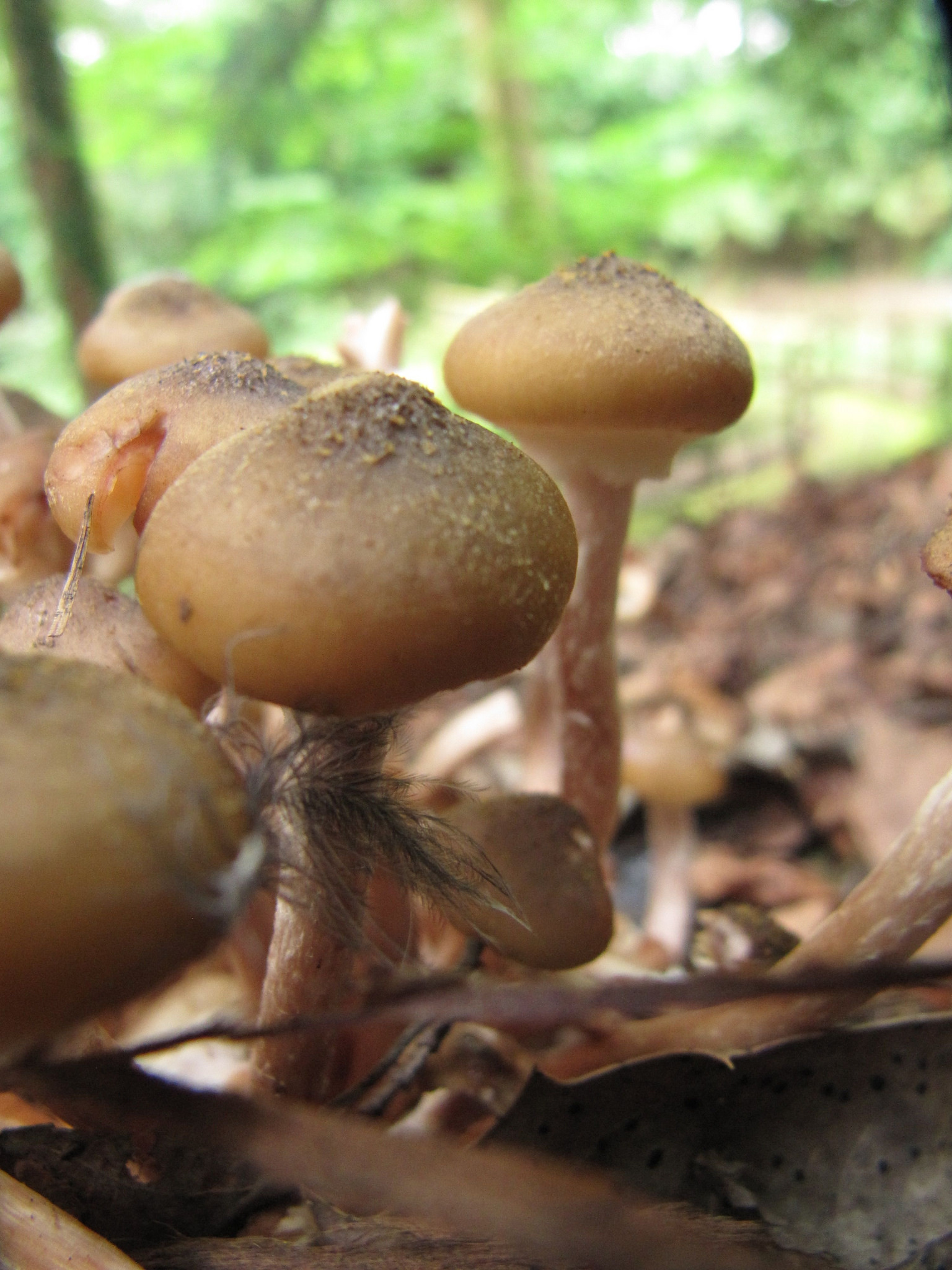
Surprising Jewish Women’s Traditions: Forest Foraging and Gathering Chestnuts
During this season of bounty and harvest, Emily Moore offers up some great autumnal food culture—and delicious seasonal recipes.
The afternoon was as rainy as the autumnal Pacific Northwest offers, with buffeting breezes whisking dollops of rain off the 50-foot Douglas firs and onto our barely waterproof hats and jackets. The area was perfect, finally encountered after hours driving potholed back roads seeking a forested bench that held our quarry, secreted in the thick, soggy duff beneath towering trees. As evening darkness became our quiet companion, our eyes quickly swept the gloomy ground studded with fallen leaves, patiently urging our golden prizes to appear.
“Wait, c’mere, is this one?” I heard my partner call as I tripped over yet another shadowy log. Running over and making out a lovely, upright yellow form peaking out from the fallen branches, I shrieked in delight, “Yes, yes, yes it is! Our first chanterelle!”
We only found a few more fresh, musky-smelling specimens that evening before the lack of a flashlight sent us back to the car and the trip home to civilization. But something about our methodical search through the deep forest reminded me of my great-grandmothers’ pursuit of the same foraged food in the woods of Poland and the Ukraine, many decades ago, listening for the sound of hoof beats that might mean the beginning of another pogrom or an attack by the soldiers of the czar. Wild mushrooms have been, of course, popular foods among all European and Middle Eastern cultures for millennia, but for the centuries when Jews all over Europe could not own property, raising poultry, foraging and collecting the fruits of pasture and forests were a normal part of seeking survival. Women, as the leaders of Jewish households. were the main foragers in extended families.
Skill in recognizing and collecting edible wild mushrooms was part of all cultures during the millennia when hunting and gathering prevailed as a predominant method of gaining food. The Jews, having been around for many millennia, have had cultural, social, culinary and even early spiritual connections with different fungi, some very pleasant and aromatic (the culinary connections), others ringing with vitriolic anti-Semitism and still others bespeaking shadowy mythic spiritualism.
The “Jews ear” or “Judas ear” mushroom (Auricularia auricula-judae) is a little mushroom that grows on tree bark, sticking out from the tree’s truck in rusty pink-brown colonies that look very much like groups of little veined ears! The name “Jew’s ear” apparently was a contraction over time from “Judas ear”, so-named because, according to Christian legend, after Judas Iscariot reputedly betrayed Jesus he hanged himself from the branch of an elder tree, which species often supports communities of the edible fungi. It is also been popularly cultivated in China for 1,000 years where it is left to grow dark with maturity, picks up the names “black ear” or the familiar “wood ear” and is often eaten in soups and lightly cooked dishes, and used in medical applications.



